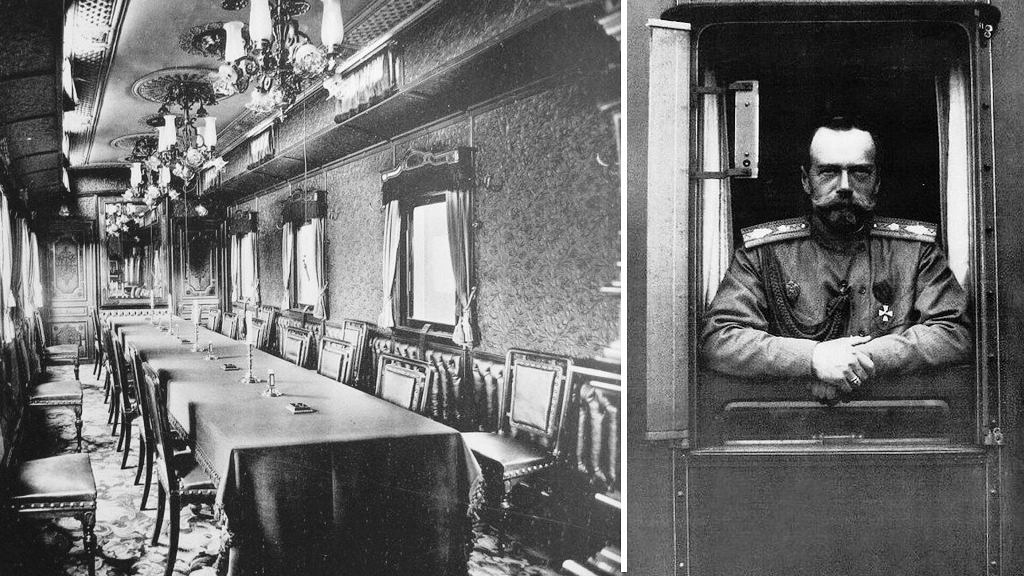Nicholas II in the news – Winter 2022
PHOTO: Emperor Nicholas II, by the contemporary Russian artist Vladimir Kireyev
Russia’s last emperor and tsar continues to be the subject of news in Western media. For the benefit of those who do not follow me on my Facebook page, I am pleased to present the full length articles and news stories published by American and British media services.
Below, are the articles published in January, February and March 2022. Click on the title [highlighted in red] and follow the link to read each respective article:
5 curses that haunted the Romanovs
In a 300-year history of the Romanov dynasty, there were dozens of predictions and prophecies about its future and fate. The Editors at ‘Russia Beyond’ picked the five most haunting.
Source: Russia Beyond. 28 March 2022
Rare PHOTOS of Russia’s last tsar Nicholas II + 31 PHOTOS
The art of photography was developing fast during his times, so we are lucky to see lots of images of the Emperor, both official and from everyday life.
Source: Russia Beyond. 28 March 2022
Twenty-two years ago, Emperor Nicholas II and his family were canonized by the Moscow Patriarchate. In May 2022, the Council of Bishops of the Russian Orthodox Church will meet to deliver their verdict on the authenticity of the Ekaterinburg Remains.
Why were the remains not recognized as relics immediately? How do the clergy feel about recognizing them? Archpriest Valentin Asmus, rector of the Church of the Protecting Veil of the Most Holy Theotokos in Krasnoye Selo (Moscow), a Ph.D. in Theology, has kindly agreed to answer these and other questions.
Source: Orthodox Christianity. 23 March 2022
Here’s how the luxurious train of Nicholas II looked inside + 35 PHOTOS
In the late 1890s, a brand new train was built for the imperial family. It was a 10-car train that included a bedroom for the Emperor and Empress, a reception room, office, kitchen, dining room, the children’s room, rooms for family members, servants, railroad workers, luggage room, and a specially equipped prayer room.
Emperor Nicholas II was the first and the last tsar to use the train. The following article features 35 extraordinary photos of this ‘palace on wheels’.
Source: Russia Beyond. 22 March 2022
Emperor Nicholas II’s favourite sport + 12 PHOTOS
Tennis came to the Russian Empire from Great Britain in the 1860s and soon became very popular among the local aristocracy. Members of the Russian Imperial Family also played the game. None of them, however, was as obsessed with it as Nicholas II.
In another life, the tsar could have been a professional tennis player. He competed almost as equals on the court against renowned champions.
Source: Russia Beyond. 18 March 2022
How tsarist treasures were saved from being sold to the West + 16 PHOTOS
Having established Soviet power and finishing the Civil War, the Bolsheviks had to take care of the economy of the new country, which was gripped by hunger, poverty and devastation. In the second half of the 1920s, the large-scale “Stalin sales” of the Russian Empire’s art treasures to the West began. Tsarist crowns, diamonds, Faberge eggs, icons and paintings by Old Masters and Impressionists from Russian museums, including the Hermitage, were sold literally wholesale to millionaires in the United States and Europe.
Museum workers risked their lives trying to keep precious relics from being taken out of the country.
Source: Russia Beyond. 7 March 2022
Paul Gilbert’s Romanov Bookshop on AMAZON – UPDATED with NEW titles!!
I have published nearly 30 titles to date through AMAZON – featuring one of the largest selections of books on Nicholas II, the Romanov dynasty and the history of Imperial Russia.
Please CLICK on the LINK above to review my current selection of titles in hardcover, paperback and ebook editions. Listings provide a full description for each title, pricing and a Look inside feature.
© Paul Gilbert. 31 March 2022




















You must be logged in to post a comment.